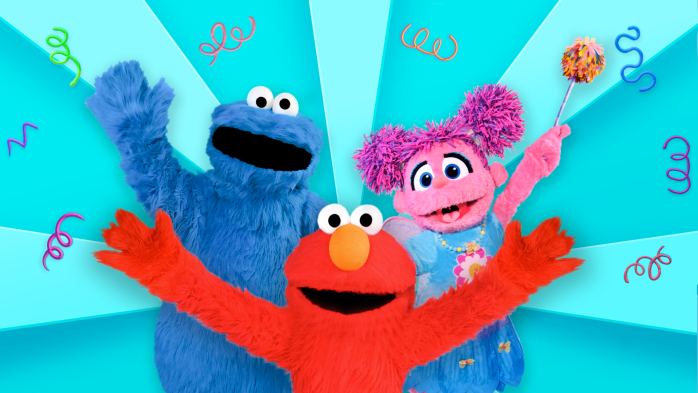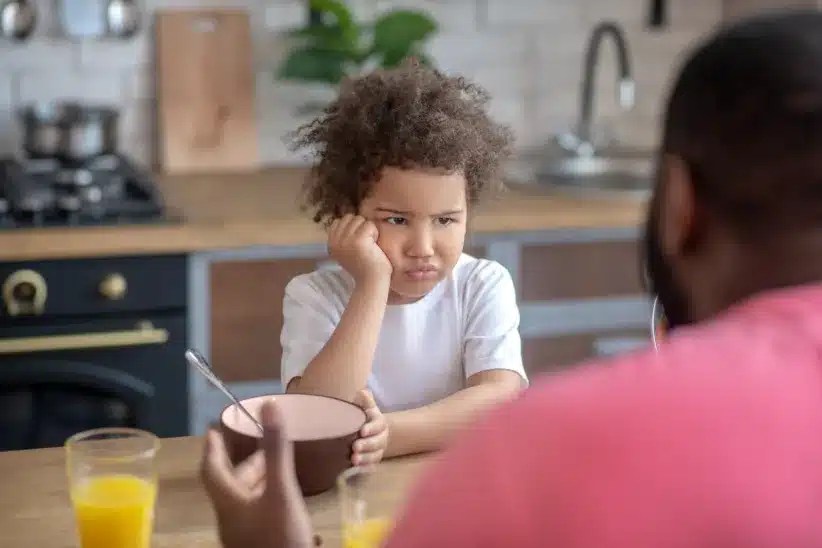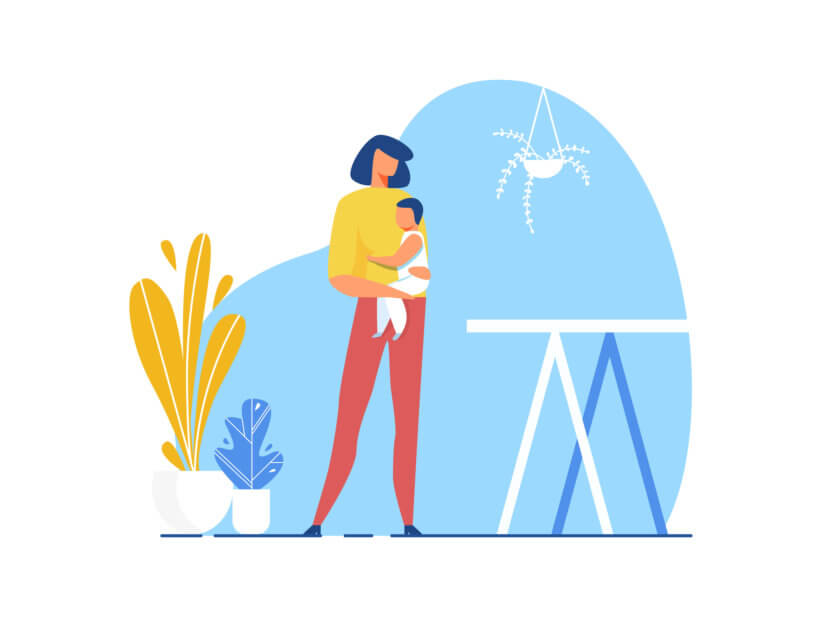 We’ve all been there—sitting in a local café, oblivious to the cacophony of taxi honks and police sirens, when we’re abruptly disturbed by the crying of an infant a few tables away. Try as we might, ignoring the sound is nearly impossible. Instead, we look to see what’s being done to make the sound stop! What you may not realize is that your body had a primal reaction, a primitive, hormonal response to the sound of one of your species needing care. When we hear a baby crying, our human nature knows we must soothe. We all feel it: We want the baby to stop crying.
We’ve all been there—sitting in a local café, oblivious to the cacophony of taxi honks and police sirens, when we’re abruptly disturbed by the crying of an infant a few tables away. Try as we might, ignoring the sound is nearly impossible. Instead, we look to see what’s being done to make the sound stop! What you may not realize is that your body had a primal reaction, a primitive, hormonal response to the sound of one of your species needing care. When we hear a baby crying, our human nature knows we must soothe. We all feel it: We want the baby to stop crying.
An infant’s cry is a powerful motivator. Even adults who aren’t related to the infant or responsible for her care will react to it. In fact, this is part of an ideal caregiving pattern, common across many cultures and geographies, for attending to the primal needs of an infant. For the parents, it means Mom and Dad understanding why their baby is crying, addressing the baby’s needs, being able to settle the baby, and feeling like good parents. For the baby, it means feeling secure that her cries are understood and that her needs are consistently met. Less crying means more time for baby and parents to bond, building the baby’s connection to parents, enhancing parents’ confidence, and forging stronger family units.
We now understand that bonding and attachment are essential for a child to grow up to be a functional member of society. Responsive caregiving directly influences how children relate to the world and to others for the rest of their lives. It may even affect intelligence. A study of the “Relationship Between Quality of Attachment in Infancy and IQ in Kindergarten,” conducted at University of Leiden in the Netherlands, showed that babies in the securely attached group attained higher IQ scores, with results showing as early as kindergarten. Parents who are well-bonded with their children do better, too; they have a higher tolerance for normal parenting challenges such as crying, and sleep deprivation and for the lifestyle changes parenting requires.
Still, as all parents know, it’s hard to bond with a crying baby—and even harder when you doubt your ability to help the crying child. A continually crying baby requires the caregiver to function in a very high-stress situation. The baby has acute physical needs, and the main goal is to stop the crying and try to manage the situation; this is not a time for staring lovingly into each other’s eyes! Babies who cry a lot also often become exhausted, limiting the time available for positive, loving interaction. Parent and child get locked into a problem–reaction cycle, with little opportunity to get to know each other in peace, without distress. A study conducted in several European countries by the Norwegian University of Science and Technology showed that “both infantile colic and prolonged crying were associated with high maternal depression scores. Most noteworthy, infantile colic at two months of age was associated with high maternal depression scores four months later.”
Parents can become overwhelmed by a baby’s continual crying, which can increase feelings of helplessness and possibly the risk of postpartum depression, whose symptoms can include a lack of interest in the baby, negative feelings toward the baby, feelings of worthlessness and guilt, and, in extreme cases, severe effects such as suicide and hurting one’s baby. Likewise, shaken baby syndrome is correlated with parental stress, often due to an inconsolable, crying baby and a parent without the tools to cope. For parents at the edge of despair, it’s hard enough to try to address the cause of a baby’s crying, much less to have the objectivity to recognize our own stress level or take precautions against a dangerous reaction.
Babies can stress relationships, too. An eight-year study from the University of Denver showed that in 90 percent of couples, marital bliss declined within a year after the birth of their first child. Divorce statistics show that one in eight couples with “problem babies” will end their relationship within eighteen months. In my own research, I have found that the level of partner support a mother feels during the first year of baby’s life is remembered for many years to come—and feeling insufficiently supported is often the catalyst for a declining relationship. This is especially true for parents of babies who are very vocal, and it’s a direct result, I believe, of the isolation, lack of information, and lack of support for new parents.
Parents who feel inadequate or unable to meet their newborn’s needs can carry this feeling of disconnection throughout their parenting lives. During my “Sensory Studies of Elementary School Children,” which formed the basis of my book Child Sense, I met many parents who said they could never understand their children, even when they were babies. It was heartbreaking to hear a mother say, “My child and I never really got on, even from birth—she never seemed to like me.” A parent who feels unable to understand or meet her baby’s needs may withdraw emotionally from the infant, which can be hard to rectify.
There are sometimes medical reasons for a baby crying, of course, like colic and reflux. But even in a healthy, normal infant there are basic reasons for their crying such as hunger or tiredness. Should we know these just innately? Yes, some people have the knack of picking up a baby and knowing just what to do to soothe their cries. Often they are nurses or grandmothers or people who have had experience with other babies. Rarely, though, does a new parent instantly know what their baby is crying about, and often it takes time through trial and error for them to be able to decipher their baby’s needs.
Crying really is our babies’ language. It’s part of the bonding process. It’s the start of the communication between parent and child, and it’s only through this communication that we can set up the responsive caregiving pattern needed to create strong child-parental attachments essential for a well balanced human. So the next time you’re sipping a cappuccino against the backdrop of crying babies in strollers at your local Starbucks, or stuck on the subway as a mom tries to comfort her crying child, you can take comfort in knowing that this is how it should be—a crying baby is “asking” for help, and the attachment and bonding that follows means we are one step closer to a well-adjusted child, adult, and society.





















